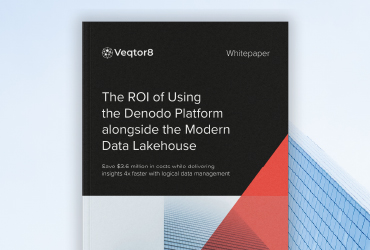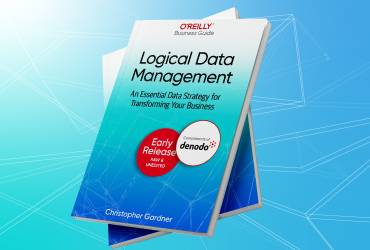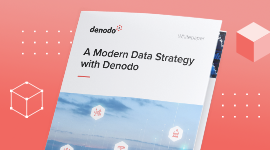What Is Predictive Analytics?
Predictive analytics is a data-driven approach that leverages statistical techniques, machine learning algorithms, and historical data to forecast future trends, behaviors, and outcomes. Organizations use predictive analytics to make informed decisions, optimize processes, and mitigate risks.
Why Is Predictive Analytics Important?
Predictive analytics helps businesses and industries gain a competitive advantage by anticipating future events and trends. Key benefits include:
- Improved Decision-Making: Enables proactive strategies based on data-driven insights
- Enhanced Customer Experience: Provides personalized recommendations and targeted marketing
- Risk Reduction: Identifies potential risks and fraud before they occur
- Operational Efficiency: Optimizes workflows and resource allocation
- Revenue Growth: Helps forecast sales and market trends to maximize profitability
How Predictive Analytics Works
Predictive analytics involves several key steps to transform raw data into actionable insights. The process typically includes:
- Data Collection: Gathering structured and unstructured data from various sources
- Data Cleansing and Preprocessing: Maintaining data quality by removing inconsistencies and errors
- Feature Engineering: Identifying and selecting relevant variables for analysis
- Model Selection: Choosing the appropriate machine learning or statistical models
- Training and Validation: Testing models using historical data to improve accuracy
- Deployment and Monitoring: Applying the model to new data and refining it over time
Key Components of Predictive Analytics
- Data Mining: Extracts patterns and correlations from large datasets
- Machine Learning Algorithms: Automates pattern recognition and predictive modeling
- Statistical Modeling: Uses regression, classification, and clustering techniques
- Big Data Analytics: Processes massive datasets for deeper insights
- Data Visualization: Communicates findings through interactive charts and dashboards
Applications of Predictive Analytics
- Marketing and Sales: Forecasts customer behavior and optimizes ad targeting
- Financial Services: Detects fraudulent transactions and assesses credit risk
- Healthcare and Life Sciences: Predicts disease outbreaks and enhances patient care
- Supply Chain and Logistics: Improves demand forecasting and inventory management
- Cybersecurity: Identifies and mitigates security threats
Best Practices for Implementing Predictive Analytics
- Define Clear Objectives: Align predictive models with business goals.
- Improve Data Quality: Maintain accurate, clean, and up-to-date data sources.
- Choose the Right Model: Select algorithms that best fit each use case.
- Monitor Model Performance: Regularly update and refine models based on new data.
- Ensure Compliance and Security: Protect sensitive data and follow regulatory guidelines.
Challenges in Predictive Analytics
- Data Privacy Concerns: Maintaining compliance with GDPR, CCPA, and other regulations
- Model Interpretability: Explaining complex models to non-technical stakeholders
- Scalability Issues: Managing large-scale data processing and model deployment
- Data Bias and Accuracy: Addressing biases that may affect predictive outcomes
- Integration with Existing Systems: Seamlessly embedding predictive analytics into workflows
Future Trends in Predictive Analytics
- AI and Deep Learning Integration: Enhancing predictive capabilities with advanced neural networks
- Real-Time Predictive Analytics: Enabling instant decision-making through live data streams
- Automated Machine Learning (AutoML): Simplifying model creation for non-experts
- Edge Computing for Predictive Insights: Bringing real-time analytics to IoT and smart devices
- Explainable AI (XAI): Improving transparency and trust in predictive models




